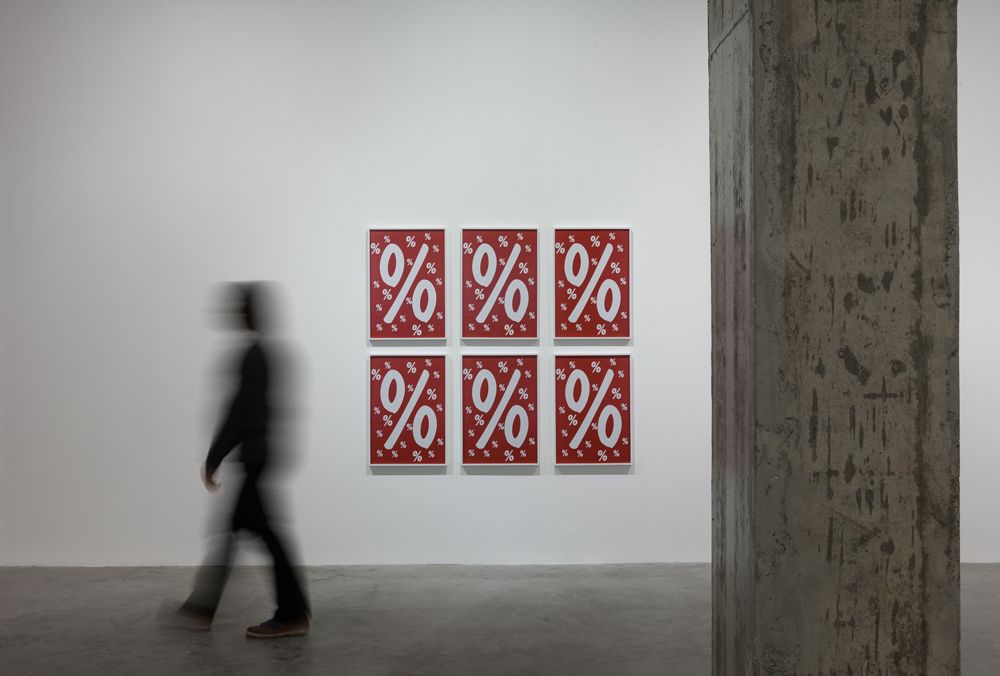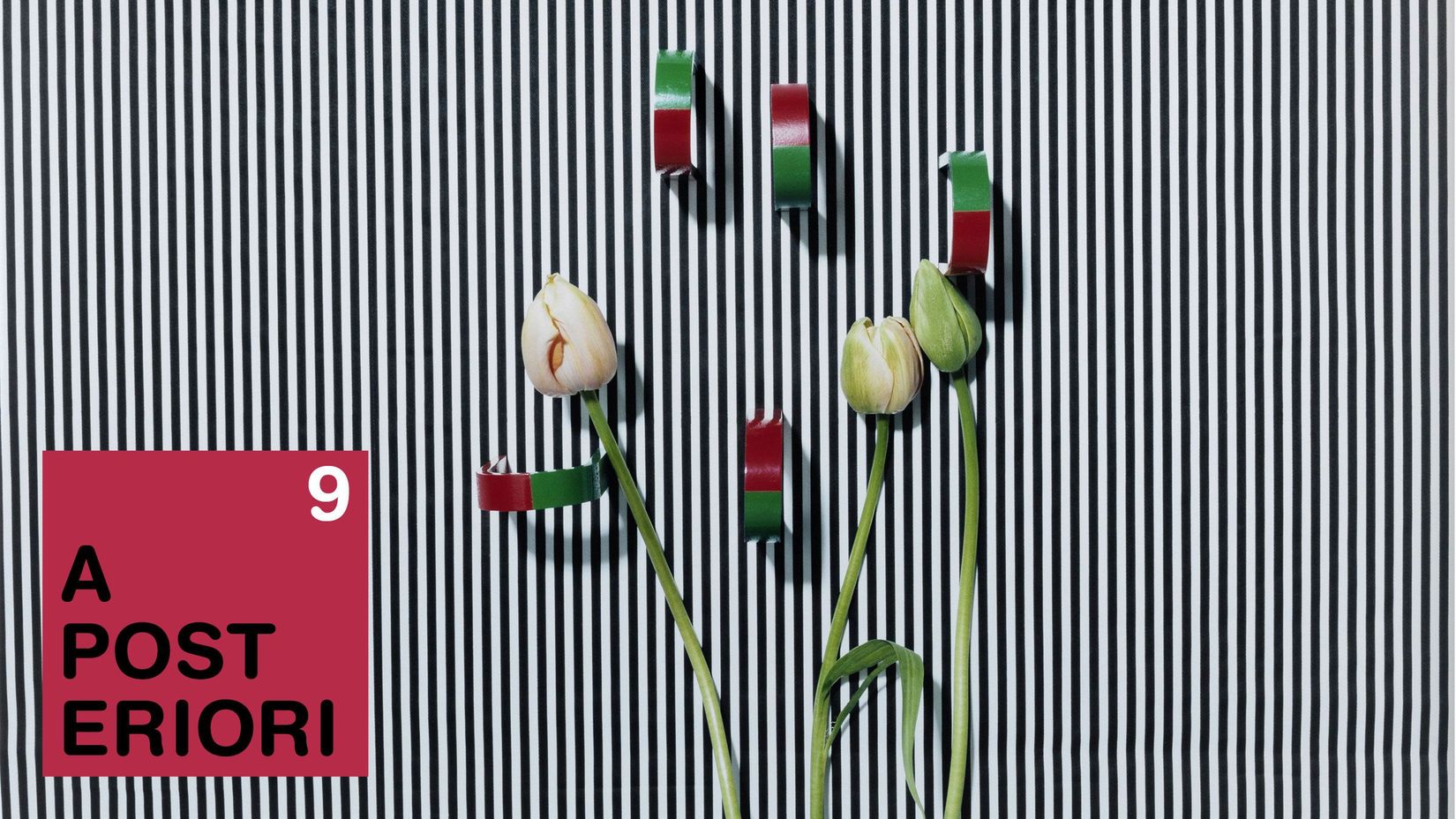
Annette Kelm
2016.05.11 - 06.25
VANESSA JOAN MÜLLER
Annette Kelm works exclusively within the medium of photography. Despite her diverse interests and heterogeneous choice of motifs, she has developed a significant pictorial language that marks her as one of the most outstanding German photographers of today. By conflating several genres within a single image, or through a series on a single motif, she addresses a variety of artistic, historical and cross-cultural references that underline her interest in transitions and cultural divides.
Her photographic compositions often resemble still lifes or architectural photography, or refer to glossy magazine advertisements, but they always add a defamiliarizing element to the conventions of these genres. She captures objects from different vantage points in front of a neutral background without revealing much about them. Her documentary photos don’t seem to document anything but the things as such. Combining everyday items in unusual juxtapositions, these images point to historical or cross-cultural references inherent in familiar objects, patterned textiles or technical devices. Sometimes her photo works seem as precise as they are hermetic.

Still lifes with flowers or arrangements of found objects surprise us with unexpected “hand-made” display devices and the uncertainty as to whether what we are seeing is a pure pictorial representation or a metaphor pointing to something else.
These carefully composed pictures, which are taken with large- and medium-format analogue cameras and later printed by hand, stage objects in front of coloured backgrounds. They are similar to “pack shots” in the advertising industry in that Kelm avoids shadows in favour of a distant, neutral view. The photos are meticulously arranged and perfectly illuminated, which adds additional relevance to the depicted objects as such. Often developed in series, they reveal Kelm’s effort to shift photography away from its representational function and toward the sign systems inherent in the medium itself.
Highly conceptual without being academic, many of Kelm’s works reference photography as a system of capturing reality, resulting in complex images that defy easy categorization. Even though most of the motifs look easily accessible, they are laden with complex visual codes. Soles, LOL! C U SOON, XO, STUFF 2, for instance, depicts samples of coloured insoles framed in a black picture frame. Presented before a backdrop composed of abbreviations frequently used in text messaging, a picture within a picture develops. There is no logical connection between the elements, but on a visual level they match well. Kelm often plays with the flatness of photography and that of printed matter or textiles, pointing to the two-dimensionality of the medium.
Untitled (Eisenspäne) features gatherings of iron filings created by a magnetic field placed underneath coloured paper. It depicts variations of the same small items in clusters. The artist could only partly control the way they gathered, but the result resembles strange abstract drawings that bring forward photography’s original meaning of “drawing with light.”
Latzhose 2 is a series of photographs showing a pair of pink dungarees belonging to the mother of an artist friend, displayed on the floor of Kelm’s studio. Dungarees were considered typical menʼs workwear, but in 1970s Germany lilac dungarees became the symbol of women’s liberation, since they crossed “menʼs” blue with “women’s” red. Each image of the series is different, but the differences in the various versions of the same image are rather formal and do not change the significance of the clothes. On the other hand, they mark a distinction that complicates the concept of the image as such and the idea of a unique representation.
Kelm’s interests are the most important criterion for her choice of motif. Many subjects were discovered by chance, or by a careful observation of her surroundings. In many of her photographs, the artist seems to play with a hidden meaning or cultural encoding that she does not necessarily lay open to the viewer. Yet we need not decipher all of them, and indeed will hardly ever be able to grasp the full meaning of these surreal, even rebus-like compositions.
Annette Kelm’s pictorial worlds are fascinatingly paradoxical: the signs and motifs are absolutely readable, but their narratives are enigmatic. There are tracks we could follow, references we could read, but in the end it is the photographs, in their beauty and simplicity, that catch our view and make us think about the real thing and its image.
This exhibition is presented with the kind collaboration of König Galerie (Berlin), Andrew Kreps Gallery (New York), the collection of Andrew Ong & George Robertson and the collection of Alex Bronzini Vender, New York.